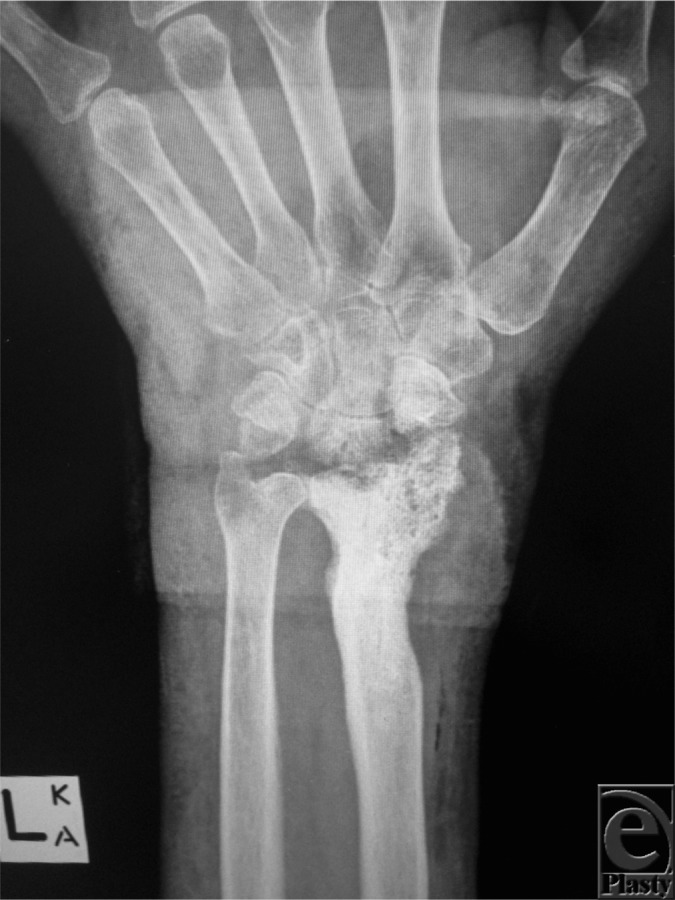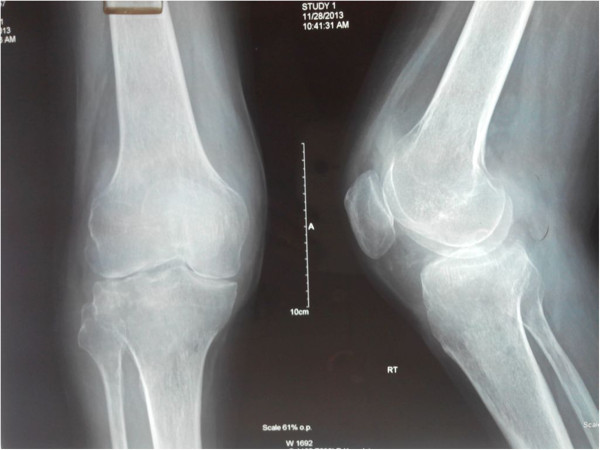Playlist
Show Playlist
Hide Playlist
Osteomyelitis (Bone Infection) and Septic Arthritis in Children: Pathology
-
Slides osteoandsepticarthritis Pediatrics.pdf
-
Download Lecture Overview
00:00 In this lecture, we’re going to discuss both osteomyelitis and septic arthritis in children. 00:08 Osteomyelitis and septic arthritis are both more common in summer months possibly because of trauma but it’s not really clear but we do see it more common in the summer. They often occur after a preceding seemingly innocuous injury to the bone or the joint. About half the time it's known to have happened. These patients then have a transient bacteremia. Maybe it’s from brushing their teeth or picking at their nose or whatever but they develop a transient bacteremia and that bacteria happens to land exactly in the spot where the bone or the joint was bruised. 00:45 Then, they gradually grow and the patient presents with a bone or a joint infection. Very very rarely this can also happen from a penetrating trauma that gets into a joint or into a bone but we don’t see that very commonly. There are only a few organisms that are likely to cause a bone or joint infection. By far and away, the most common is <i>Staph aureus</i>. Also, patients can get group A <i>Strep</i>. Very rarely, patients can get <i>Streptococcus pneumonia</i>. There are other some special considerations for certain bacteria that are specific to certain groups of patients. 01:25 <i>Kingella</i> is a gram-negative rod that causes both osteomyelitis and joint infections in children under 6 years of age. In adults, this is one of the haystack organisms. One of those organisms that is gram-negative rod is implicated in endocarditis. However, in kids, we see this in bone and joint infections. Generally, kids under 6, they tend to have milder disease and <i>Kingella</i> is hard to grow in labs. So if the culture is negative, it could be <i>Kingella</i>. Group B <i>Strep</i> can cause osteomyelitis or joint infections in children under 3 months of age. They've acquired this through the birth process. <i>Salmonella</i> is possible in children especially with sickle cell disease. <i>Gonorrhea</i> is possible in sexually active adolescents, although usually <i>Gonorrhea</i> causes a tendinous involvement as well. And lastly, <i>Pseudomonas aeruginosa</i> is possible in IV drug users although we see this much more in the adult population.
About the Lecture
The lecture Osteomyelitis (Bone Infection) and Septic Arthritis in Children: Pathology by Brian Alverson, MD is from the course Pediatric Infectious Diseases.
Included Quiz Questions
Which of the following bacteria causes osteomyelitis in children under 6 years of age?
- Kingella
- Pasteurella
- Cardiobacterium
- Eichenella
- Haemophilus
Which of the following is a causative organism of osteomyelitis predominantly in patients with sickle cell disease?
- Salmonella
- Gonorrhoea
- Kingella
- Pseudomonas
- Group B streptococcus
Customer reviews
4,0 of 5 stars
| 5 Stars |
|
0 |
| 4 Stars |
|
1 |
| 3 Stars |
|
0 |
| 2 Stars |
|
0 |
| 1 Star |
|
0 |
I particularly liked the remarks concerning the specific populations and the bacteria they're most concerned with.





